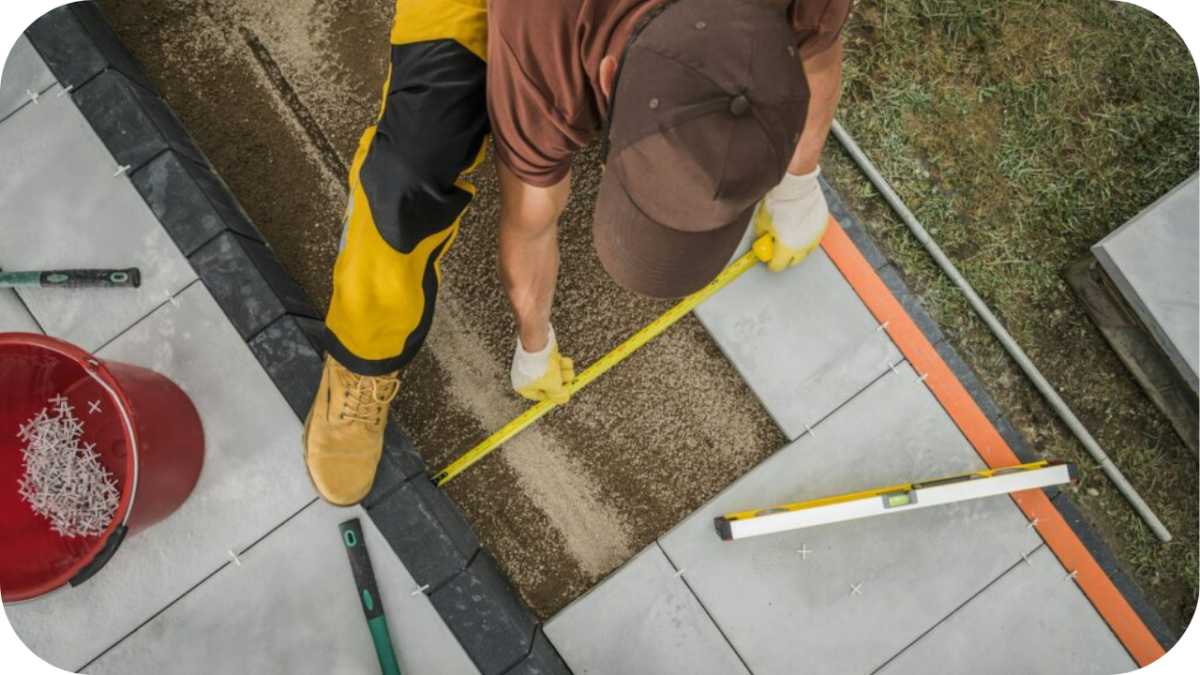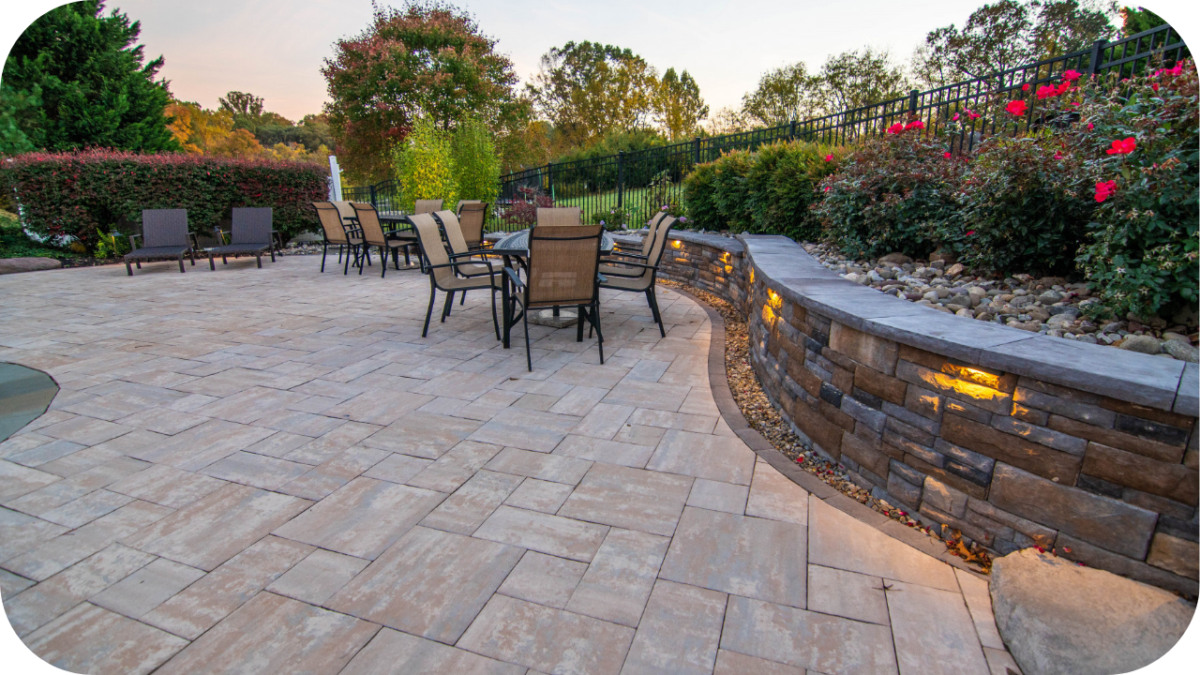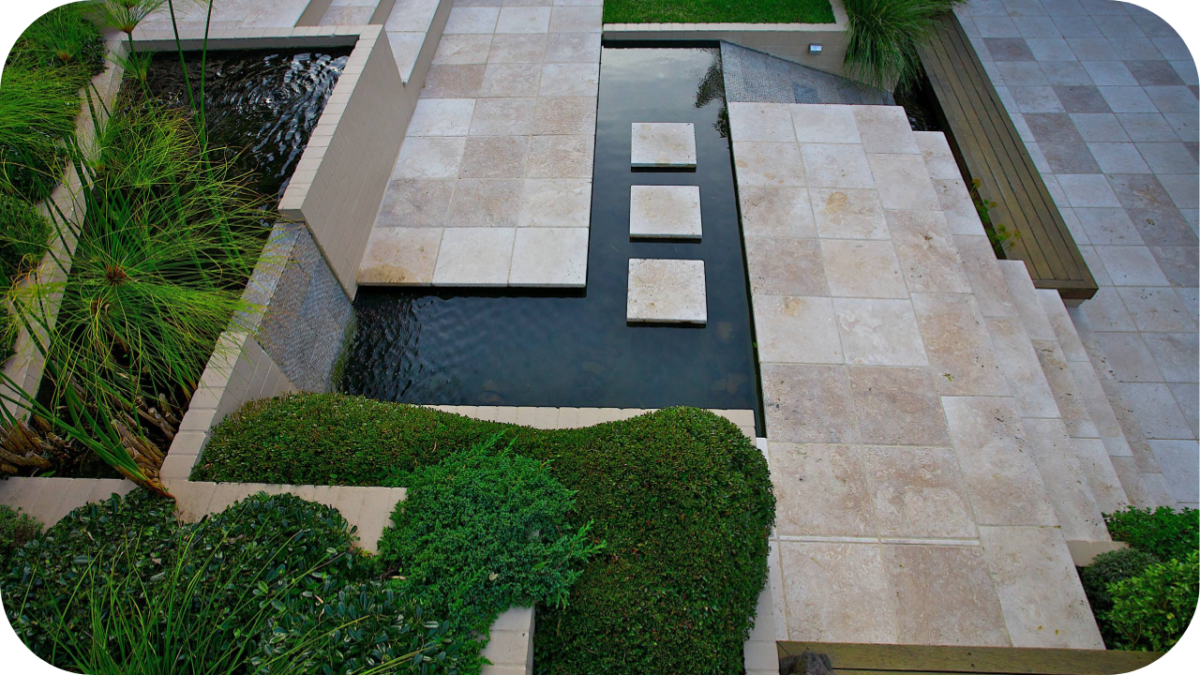Easy-to-Install Stone Pavers for Faster Turnarounds
In both residential and commercial landscaping, every hour on-site matters. Project delays can drive up costs, disrupt neighbouring trades, or affect client satisfaction.
Choosing the right stone pavers early in the process can significantly reduce installation time without compromising on finish or durability. From calibrated formats to pre-set kits, certain stones are designed to make life easier for installers and project managers alike.
Whether you’re managing a small courtyard or a large commercial space, efficiency counts. In this guide, we look at natural stone paving options designed to help you work faster and smarter.
Why Fast Installation Matters in Modern Projects
Fast installation is more than just a convenience. For builders, landscapers, and project managers, it plays a key role in meeting deadlines, staying within budget, and reducing overall labour costs.
In residential settings, quicker paving helps minimise disruption to homeowners and neighbours. For commercial or public spaces, it allows work to progress smoothly without interrupting daily operations.
Weather is another factor, as prolonged site exposure increases the risk of delays due to rain or extreme heat. Easy-to-install pavers also allow trades to move more efficiently across phases, improving workflow on site.
Most importantly, faster completion enhances client satisfaction and turnover, making it easier to win repeat business or positive referrals in a competitive industry.
Key Characteristics of Easy-to-Install Stone Pavers
To speed up installation without compromising quality, your stone choice matters. These features help reduce handling time, simplify layout, and support quicker project delivery.
- Consistent sizing: Pavers with calibrated thickness lay flat with minimal adjustment, reducing delays during bedding and alignment. This consistency yields a smoother, more professional finish and a faster overall installation.
- Modular formats: Uniform shapes such as rectangles, squares, or pre-set kits make layout quicker and easier. Modular designs are especially useful in large spaces where repeatability improves site efficiency.
- Edge compatibility: Sawn or square-cut edges allow for tighter, cleaner joins and fewer visible gaps. This reduces the need for on-site cutting and speeds up alignment during installation.
- Pre-sealed options: Stones that are pre-sealed before delivery help avoid extra sealing steps after installation. They also protect the surface from grout, adhesive, or weather exposure during the installation process.
- Lightweight handling: Stones that are lighter in weight or easier to grip reduce fatigue and lifting strain for installers. This allows teams to cover more ground in less time.
Best Natural Stone Pavers for Fast Turnaround Projects
To meet tight project deadlines, selecting the right stone is essential. Here are the best options to speed up installation without compromising on finish or durability.
1. Limestone Pavers
Limestone is lightweight, easy to cut, and available in calibrated formats. Varieties like Stamford, Selene, and Brooklyn Limestone offer smooth or lightly textured finishes suited to fast commercial and residential installations.
2. Travertine Pavers
Travertine is often sold in pre-packed French pattern kits, making layout quick and repeatable. Options like Silver, Ivory, and Classic Travertine work well with sand-set bases for effortless placement.
3. Bluestone Pavers
Bluestone’s durability and availability in sawn, flamed, or honed finishes make it ideal for quick site work. Sawn Bluestone and Flamed Bluestone offer consistent sizes and surfaces for time-sensitive projects.
4. Granite Pavers
Granite varieties like Charcoal and Grey are available pre-cut with flamed finishes, offering fast handling and minimal prep. Ideal for commercial spaces needing both speed and long-term surface performance.
5. Quartzite Pavers
Andorra Quartzite comes in a natural split finish that needs little refinement. Its dense yet manageable size makes it a strong candidate for quick installs in elegant residential or hospitality settings.
6. Porphyry Pavers
Porphyry options like Crazy, Filetti, and Cobbled formats offer flexible layouts with minimal cutting. Their natural split finish and dimensional stability speed up the process across large-format paving sites.
Time-Saving Layouts and Patterns
To accelerate installation without sacrificing visual appeal, selecting the right layout is just as important as the stone. These patterns help reduce labour time and simplify execution.
1. Running Bond
Running bond uses staggered rows and works especially well with rectangular pavers. It’s easy to replicate, requires minimal cutting, and conceals small alignment shifts, making it ideal for fast, large-area coverage.
2. Stack Bond
Stack bond features pavers aligned in clean vertical and horizontal lines. This grid-like layout simplifies alignment, speeds up installation, and suits modern, formal spaces where symmetry and repetition are key.
3. French Pattern Packs
French pattern kits come pre-arranged with multiple sizes that fit together seamlessly. They’re ideal for fast installs in courtyards or patios, eliminating guesswork and reducing layout time for installers.
4. Large-Format Pavers
Larger pavers reduce joint lines and increase surface coverage per unit. This minimises labour effort and time spent on alignment, especially in open spaces like driveways or commercial walkways.
5. Modular Grids
Modular grids use repeating sizes across the layout for speed and accuracy. These systems reduce layout confusion on-site and allow crews to work quickly without needing constant size adjustments.
Site Preparation Tips for Quicker Installation
To speed up installation, site preparation should be planned with efficiency in mind. These tips help reduce on-site delays and support smooth progress from the ground up.
1. Use Calibrated Bases
A pre-levelled, compacted base makes laying faster and more consistent. It eliminates uneven bedding issues and reduces the need for ongoing height adjustments during installation, especially with calibrated stone pavers.
2. Pre-Mark Layouts
Outlining the design before laying saves time and confusion. Marking clear lines and zones ensures layout accuracy, prevents repositioning, and helps teams work more confidently on tight project timelines.
3. Source Materials in Advance
Having all essential materials on-site, including grout, spacers, and sealers, avoids unnecessary downtime. It allows crews to maintain momentum without last-minute delays or supplier-related interruptions.
4. Avoid Over-Customising Cuts
Designing with standard sizes in mind eliminates excessive cutting. Reducing custom shapes or corner details helps installers move faster and keeps waste, errors, and labour time to a minimum.
5. Plan for Equipment Access
Ensure there’s enough space for compaction tools, wheelbarrows, or stone-handling equipment. Proper access improves workflow and limits delays caused by tight working conditions or unnecessary material handling.
Maintenance and Finishing Considerations
To reduce long-term upkeep and ensure a clean finish, the right maintenance choices at installation make all the difference. Here are key ways to keep your paving looking its best.
- Choose low-maintenance stones: Select pavers like limestone or travertine in tumbled or honed finishes that resist marks and wear, making them easier to clean and reducing upkeep in outdoor environments.
- Select non-staining grouts and adhesives: Use neutral-cure, stone-safe grouts and adhesives that won’t leave residue or stains. This helps protect the stone’s appearance and saves time on surface cleanup.
- Limit sealing to essential areas: Apply sealants only where needed, such as dining zones or pool edges. Targeted sealing cuts material use while maintaining surface protection in high-traffic locations.
- Use jointing methods suited to conditions: Flexible jointing compounds handle temperature shifts or surface movement better than rigid options. This prevents cracking and reduces maintenance and repair work over time.
- Clean promptly after installation: Remove grout haze and residues immediately using stone-safe cleaners. Early cleaning prevents long-term surface issues and reduces the time needed for finishing touch-ups.
Conclusion
Tight timelines shouldn’t mean sacrificing quality or style. With the right easy-to-install stone pavers, it’s possible to deliver professional, long-lasting results without delay.
Whether you’re managing a fast-track build, a renovation, or a public project, smart stone choices support smoother workflows.
Contact Splendour in Stone today to view our fast-lay paving range or request expert advice for your next project.





